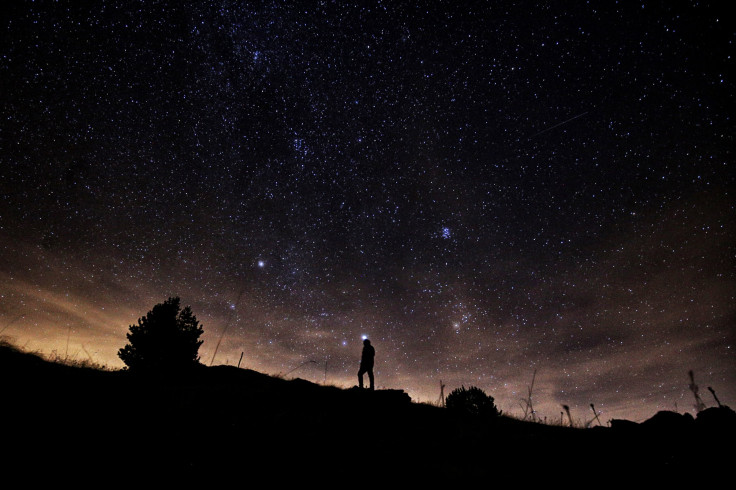Geminids: When To Watch One Of This Year's 'Best' Meteor Showers
KEY POINTS
- The Geminids will peak on Dec. 13-14
- It can be viewed "between dusk and moon rise"
- Don't forget to wear weather-appropriate clothing
Skygazers get ready! Geminids, one of the "best" meteor showers of the year, is about to peak this week.
The Geminid meteor shower has been active since Nov. 19, according to the American Meteor Society (AMS). This popular meteor shower will finally peak on the evening of Dec. 13-14.
Originating from asteroid 3200 Phaeton, the Geminids is considered the "strongest meteor shower of the year." NASA described it as one of the "best and most reliable" meteor showers.
"The highest rates are expected to occur on the night of December 13/14, when rates can approach one per minute during the morning hours from dark sky sites on moonless nights," noted the AMS. "Those rates will be difficult to achieve this year as the bright moon will obscure all but the brighter meteors."
The Moon will be only about 72% full on the evening of the peak.
But that doesn't mean this year's Geminid shower is not worth watching. Constellation Gemini, which is the meteor shower's radiant point or the area from where the meteors appear to be originating, will already be in "up by mid-evening," according to Earthsky.
With the moonrise happening much later, skywatchers will have ample time to catch a glimpse of the Geminid meteors without much of a distraction from the Moon's light.
"A good strategy this year may be to observe between dusk and moon rise on the evening of December 13th," according to the AMS. "Geminids seen during the early evening hours cannot penetrate deep into the atmosphere, therefore they last longer and create longer streaks in the sky."
Although the Geminids are among the best showers of the Northern Hemisphere, those in the Southern Hemisphere can also enjoy quite a bit of the celestial show, albeit at lower rates.
As always, it's best for those who want to watch the meteor shower to find a place where the skies are dark and open and away from artificial lights. Bring a comfortable blanket or lounge chair to sit on. Remember that it may take some time to get one's eyes to adjust to the darkness and begin to see the meteors.
There's no need for any equipment to watch the Geminids, though one may have to pack a bit of patience since meteors tend to come in "spurts" between lulls. Also, don't forget to wear weather-appropriate clothing and perhaps, some blankets to stay warm.
"If your weather appears to be overcast on the peak night, you can try again during the evening hours on December 14th and 15th," noted the AMS, adding that although the rates at the time will be lower than the peak, they will still be better than "most other nights of the year."

© Copyright IBTimes 2024. All rights reserved.






















